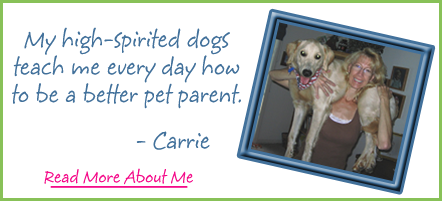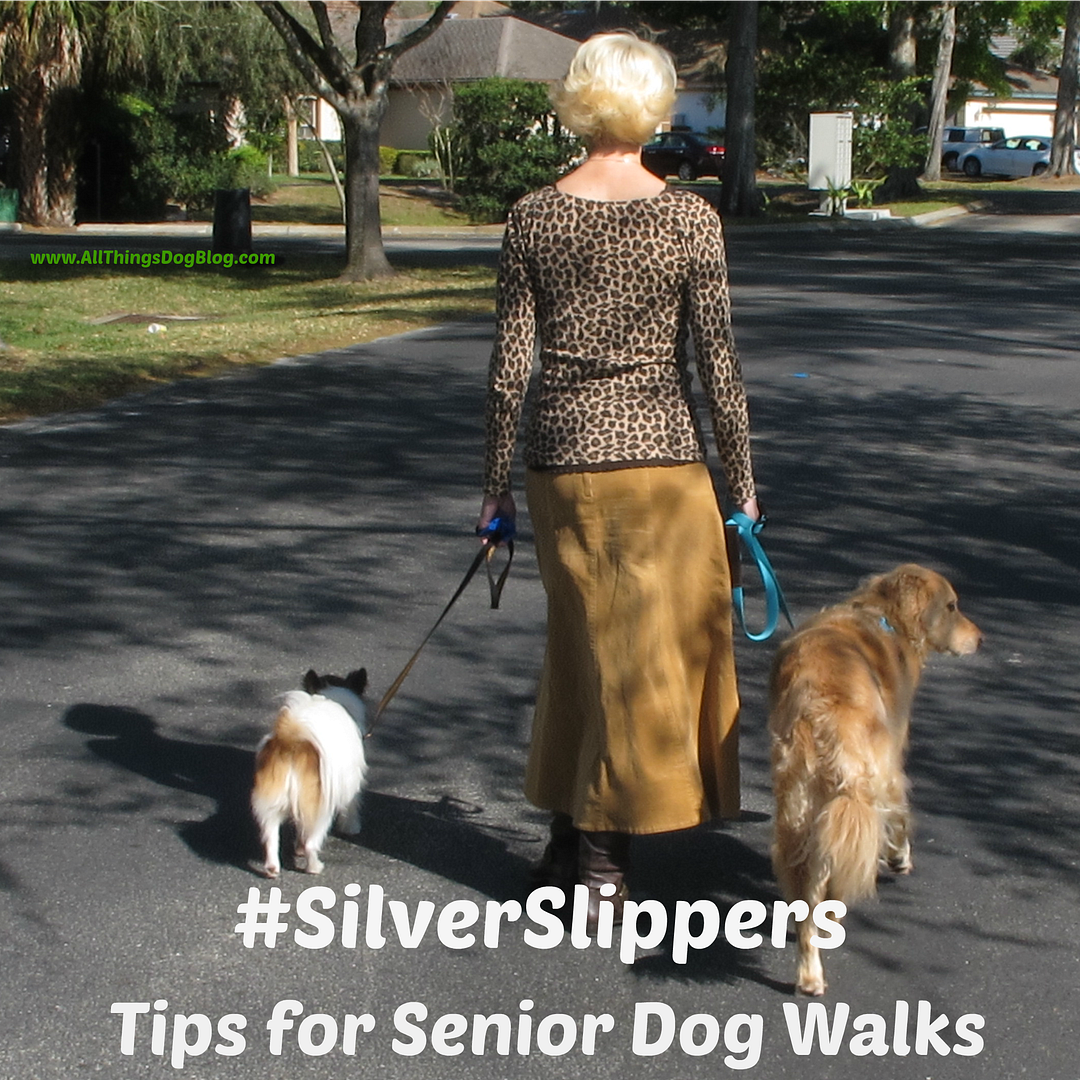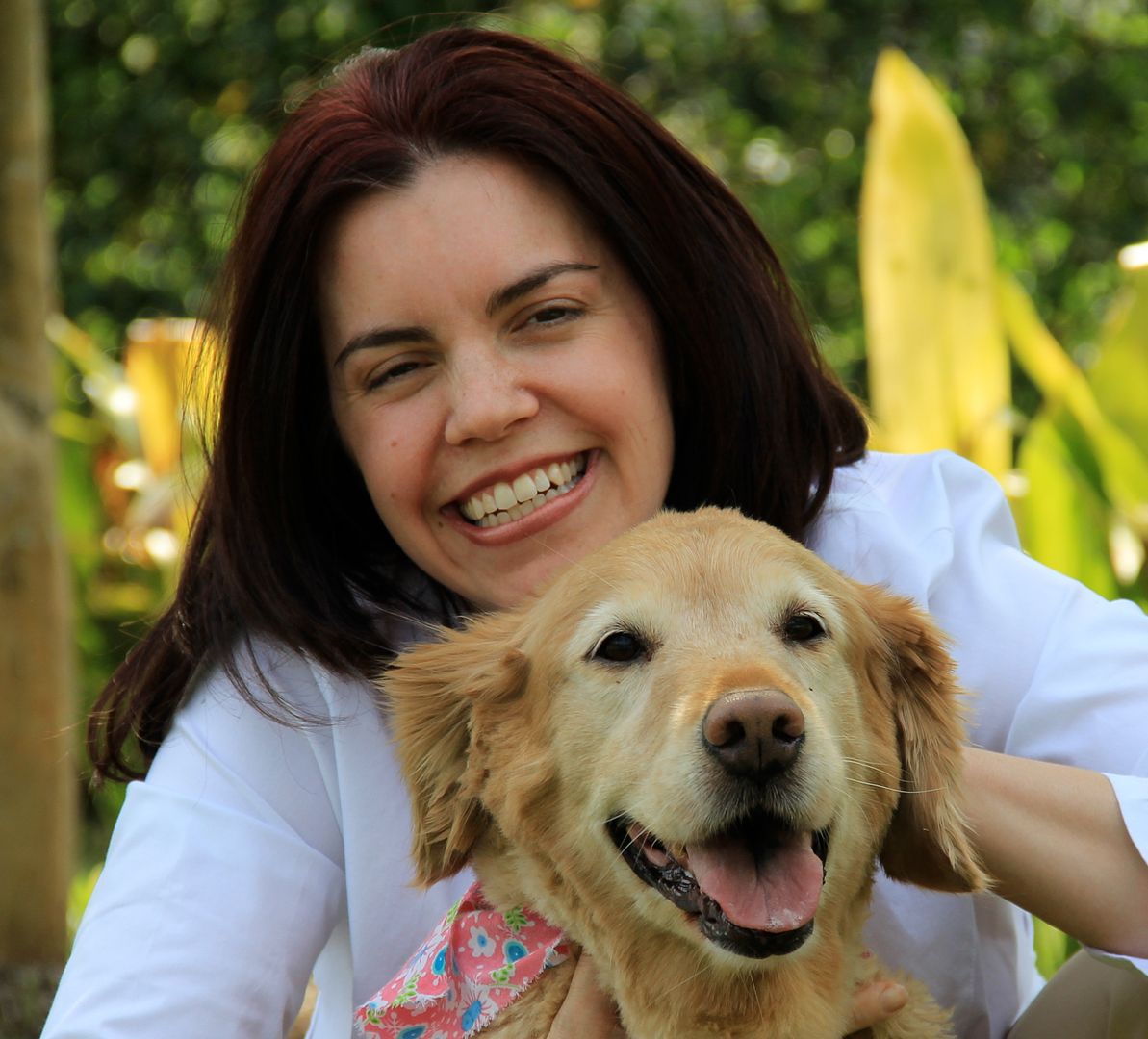 |
Doga practice can definitely be modified to be more therapeutic for your dog or for yourself. Each of us puts our own slant on our doga practice, whether choosing to place emphasis on our own or our dog's health, or both. Either way you roll, make sure you always remember the bonding.
Recently I had the opportunity to try a K9 Fit Club workout while at Barkworld Expo. This experience reminded me of how much fun I used to have enjoying agility training with Tanner and Oliver. Unfortunately, returning to outdoor agility in the Florida heat has become increasingly more challenging. However, I could quickly see that the K9 Fit Club method of dog and owner fitness, mental stimulation and bonding could be a wonderful addition to my doga practice at home, indoors where I can control the climate. :)
Some doga practitioners advocate using gentle stretches with their dogs. Not being trained in this activity, I have chosen not to encourage more than those bonding activities that we feel comfortable doing without expert guidance. I can safely lift 10-pound Oliver to add weight and challenge, and can use Tanner's brawny body as a block or balancing aid quite easily. Beyond that I'm not qualified to encourage you to stretch your dog, especially when I don't know your dog's unique health situation. At K9 Fit Club you'll find instructors who have been trained and certified to teach these sorts of healthful activities safely. Check it out; it's loads of fun.
That said, if you choose to help your dog gain flexibility, please proceed with either a certified fitness instructor or the assistance of a canine physical therapist. Be safe to avoid overworking any of your dog's joints or soft tissues.
Next, know that your doga workout may morph as you continue to progress. You may find that your dog gradually begins to enjoy joining you for practice when early on he simply wanted to watch from afar. Much of this change in attitude comes from not pushing him too fast, allowing him to adjust his comfort level at his own pace. Taking your time with this introduction could easily help you gain a lifetime of bonded practice with your dog.
Don't forget that many yoga poses have two sides. It's important for you to always practice both sides. One side will generally be less strong or less flexible than the other. That's normal, so don't fret. If you choose, give the weakest side an extra breath or two to help it catch up to your other side. Do not, however, persist too long in one position. If it hurts, stop and return to a relaxing pose that allows you to regain your calm perspective.
Remember that yoga is a philosophy as well as a workout. Getting in touch with your body, it's messages, strengths and weaknesses, will make you feel whole. If you're comfortable with tackling a bit of meditation, this practice may leave you pleasantly surprised once you gain the ability to release yourself into the mantra, clearing your mind. When you are able to concentrate totally on the meditative phrase or sound, you'll be giving yourself a gift that will repay you with inner peace.
Returning to my introductory instructions, please always remember to drink before, during and after your yoga practice. Hydration helps the muscles become more supple, increasing flexibility naturally, while reducing the possibility of post-practice spasms.
Finally, don't embark on a yoga regimen without a few basics to protect yourself. Loose or stretchy clothing, that allows you to move freely, is imperative to your safety and comfort. A padded, non-slip yoga mat will protect your knees, while assuring you're far less likely to slide and get injured. Carpet just doesn't offer this same protection.
If you're new to yoga, I do recommend you visit your personal physician for a heads up on any concerns that may be indicated for your unique health. For me, this means no yoga in heated classes. A common form of yoga at many studios these days, this environment is unhealthy for me, personally. Make this choice with your doctor's full approval.
Three additional items are all important to your enjoyment and success in yoga: a sturdy chair for balance in some poses, a blanket to provide support and padding when needed, and a couple of blocks to adjust your stretch to meet your own personal needs. Setting up a home yoga practice area doesn't require much investment or space. I'm even able to practice yoga in my small RV while traveling, and use the rear entrance to my living room or my office as favorite practice areas at home. I simply roll out the mat and call the dogs to join me. A treat container of their favorite goodies, 2 blocks, a blanket, and a chair are always nearby to complete my personal yoga studio.

When using your yoga practice as a time to bond with your dogs, we recommend adding extra time to your practice and being flexible with stopping and starting. Encourage your dogs to join you with a soft voice, slow movements, and an occasional treat when your dog is especially
One last time, if it hurts, stop. It really doesn't matter if your version of the pose looks just like an instructor's or a photo you've seen. As long as you maintain good alignment, you'll preserve your healthy joints and posture, while not injuring any connective tissue or muscles. Safety first!
Namaste,





If you're new to Doga or Yoga, please be sure to do these three things: (1) Get your doctor's permission to start a yoga workout, (2) Check with your vet to make sure your dog is able to participate in simple Doga exercises safely, and (3) visit our introductory post where I've outlined a few tips that will help your experience go more smoothly and enjoyable. Keep in mind that you can always stop if a pose is uncomfortable, returning to a relaxing pose.































0 comments:
Post a Comment